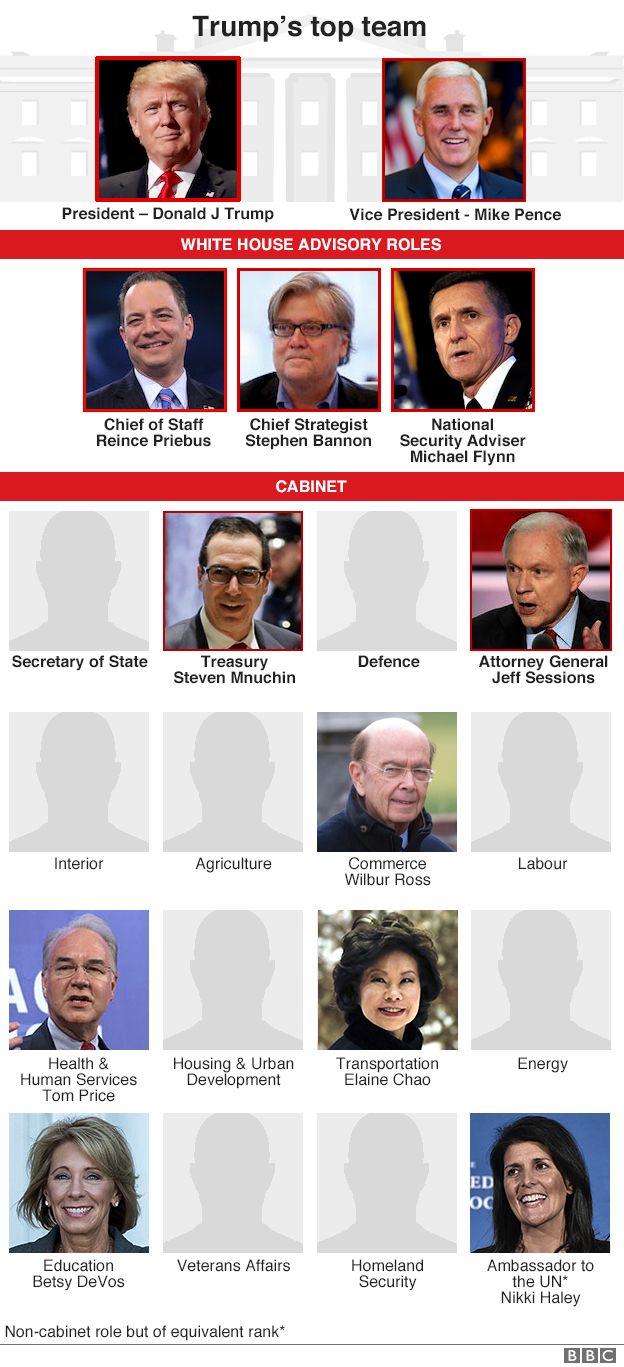When it comes to tax policy, the debate often centers around who should bear the financial burden of government revenue generation. In recent years, discussions have intensified over whether the wealthy should be taxed more heavily to address income inequality and fund public services. Donald Trump's stance on this issue has been a focal point, sparking significant controversy and discussion.
Donald Trump's approach to taxation has consistently favored tax cuts for the wealthy, arguing that such measures stimulate economic growth. However, critics argue that these policies disproportionately benefit the affluent while placing a greater financial strain on middle-class families. This article delves into Trump's reasons for opposing tax hikes on the rich, exploring the implications of his tax proposals and contrasting them with alternative approaches proposed by other political figures like Kamala Harris.
Understanding Tax Cuts: A Comparative Analysis
Trump's tax and economic strategies are designed to significantly reduce taxes for the top 5% of American earners by 2026, according to recent analyses. This contrasts sharply with Kamala Harris' plan, which aims to reverse this trend by increasing taxes on the wealthy and providing relief to lower-income groups. The disparity in these approaches highlights fundamental differences in how each candidate views fiscal responsibility and social equity.
Under Trump's proposals, wealthier individuals would see substantial reductions in their tax liabilities, potentially leading to increased disposable income and investment opportunities. Conversely, middle and lower-income households could face higher taxes, raising concerns about affordability and living standards. These dynamics underscore the complex interplay between tax policy and economic fairness.
Furthermore, the long-term effects of such tax cuts remain uncertain, as they hinge on assumptions about economic growth and revenue generation. Critics argue that without corresponding increases in productivity or job creation, these cuts might exacerbate existing inequalities rather than alleviate them.
Economic Impact: Middle-Class Concerns
A detailed examination of Project 2025 reveals that its tax plan could impose significant financial burdens on the middle class. Estimates suggest that under certain scenarios, middle-class families might experience tax increases ranging from several hundred to thousands of dollars annually. This shift in tax liability could undermine consumer spending and household stability.
In addition, the far-right extremist playbook advocates for immediate tax hikes targeting the middle class, alongside potential future adjustments that could raise taxes further. Such policies risk alienating key voter demographics and destabilizing local economies dependent on middle-class purchasing power. Policymakers must weigh these considerations carefully when crafting tax legislation.
Moreover, retaliatory measures against Trump's trade policies have exposed vulnerabilities across various states, complicating efforts to implement uniform tax reforms. State-specific factors, including industry composition and demographic profiles, necessitate tailored solutions that balance national priorities with regional needs.
Revenue Distribution: An ITEP Perspective
The Institute on Taxation and Economic Policy (ITEP) conducted a comprehensive analysis of Donald Trump's tax plan, concluding that it predominantly benefits high-income earners. On average, the richest 5% of Americans stand to gain considerable tax savings, whereas other income brackets may face increased tax obligations. This uneven distribution raises questions about the fairness and sustainability of such fiscal policies.
For instance, someone in the top 0.1% income bracket could expect an additional $376,910 in after-tax income annually under Trump's proposals. Meanwhile, the poorest 20% of the population would receive minimal benefits, perpetuating cycles of poverty and dependency. Advocates of progressive taxation argue that addressing these disparities is essential for fostering inclusive economic development.
In contrast, alternative plans like those proposed by Kamala Harris emphasize equitable revenue distribution and targeted support for vulnerable populations. By prioritizing social welfare programs and infrastructure investments, such initiatives aim to create a more balanced and resilient economy capable of withstanding external shocks.
Policy Prioritization: Balancing Competing Interests
As discussions continue regarding whether to raise or cut taxes on the wealthy, policymakers must navigate competing interests and priorities. Under Trump's vision, maintaining tax cuts for the affluent aligns with broader goals of stimulating business activity and innovation. However, this approach risks neglecting pressing issues related to income inequality and public service funding.
Some White House officials propose allowing income taxes to rise for the highest earners as a means of securing additional resources for other priorities. This strategy seeks to strike a compromise between preserving incentives for wealth creation and ensuring adequate financing for critical public initiatives. Nevertheless, implementing such changes requires careful consideration of potential economic repercussions and stakeholder reactions.
Steve Bannon's warnings against extending tax cuts without accompanying growth or spending cuts highlight the importance of fiscal discipline in sustaining long-term economic health. Striking the right balance between tax policy and budgetary constraints remains a central challenge for lawmakers striving to promote prosperity and stability.
Legislative Challenges: Ensuring Continuity
Senator Mike Crapo emphasized the necessity of extending Trump's tax cuts, cautioning against failure as an option. He argued that owners of small businesses, numbering over 20 million, would encounter massive tax hikes if current provisions expire. Such outcomes could jeopardize entrepreneurship and job creation, undermining broader economic recovery efforts.
However, extending these cuts necessitates addressing concerns about fiscal sustainability and deficit management. Policymakers must explore innovative financing mechanisms and structural reforms to ensure that tax policies remain aligned with evolving economic conditions and societal needs. Collaboration across party lines and stakeholder engagement will be crucial in achieving consensus on these matters.
Ultimately, the decision to raise or lower taxes on the wealthy reflects deeper philosophical debates about the role of government in promoting economic justice and opportunity. As discussions unfold, stakeholders must remain vigilant in advocating for policies that prioritize both efficiency and equity, paving the way for a more prosperous and inclusive future.

